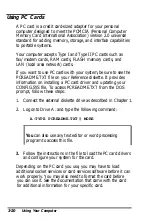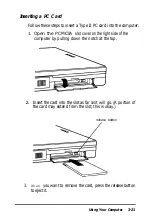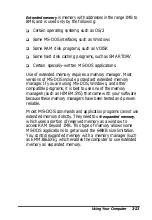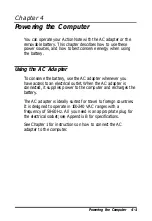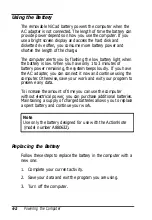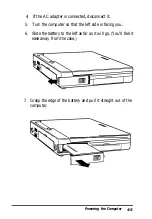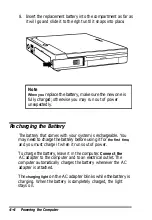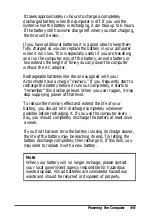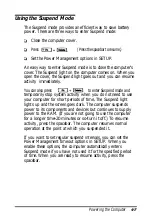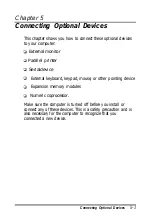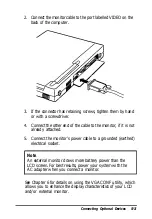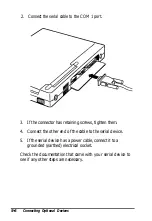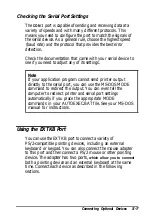
Extended memory
is memory with addresses in the range 1MB to
8MB, and is used only by the following:
Certain operating systems, such as OS/2
Some MS-DOS interfaces, such as Windows
Some RAM disk programs, such as VDISK
Some hard disk caching programs, such as SMARTDRV
Certain specially-written MS-DOS applications.
Use of extended memory requires a memory manager. Most
versions of MS-DOS include a standard extended memory
manager. If you are using MS-DOS, Windows, and other
compatible programs, it is best to use one of the memory
managers (such as HIMEM.SYS) that came with your software
because these memory managers have been tested and proven
reliable.
Most MS-DOS commands and application programs cannot use
extended memory directly. They need to use
expanded memory,
which uses a portion of reserved memory as a window to
access RAM beyond 1MB. This type of memory allows some
MS-DOS applications to get around the 640KB size limitation.
You control expanded memory with a memory manager (such
as EMM386.EXE), which enables the computer to use extended
memory as expanded memory.
Using Your Computer
3-23
Содержание ActionNote
Страница 1: ......












